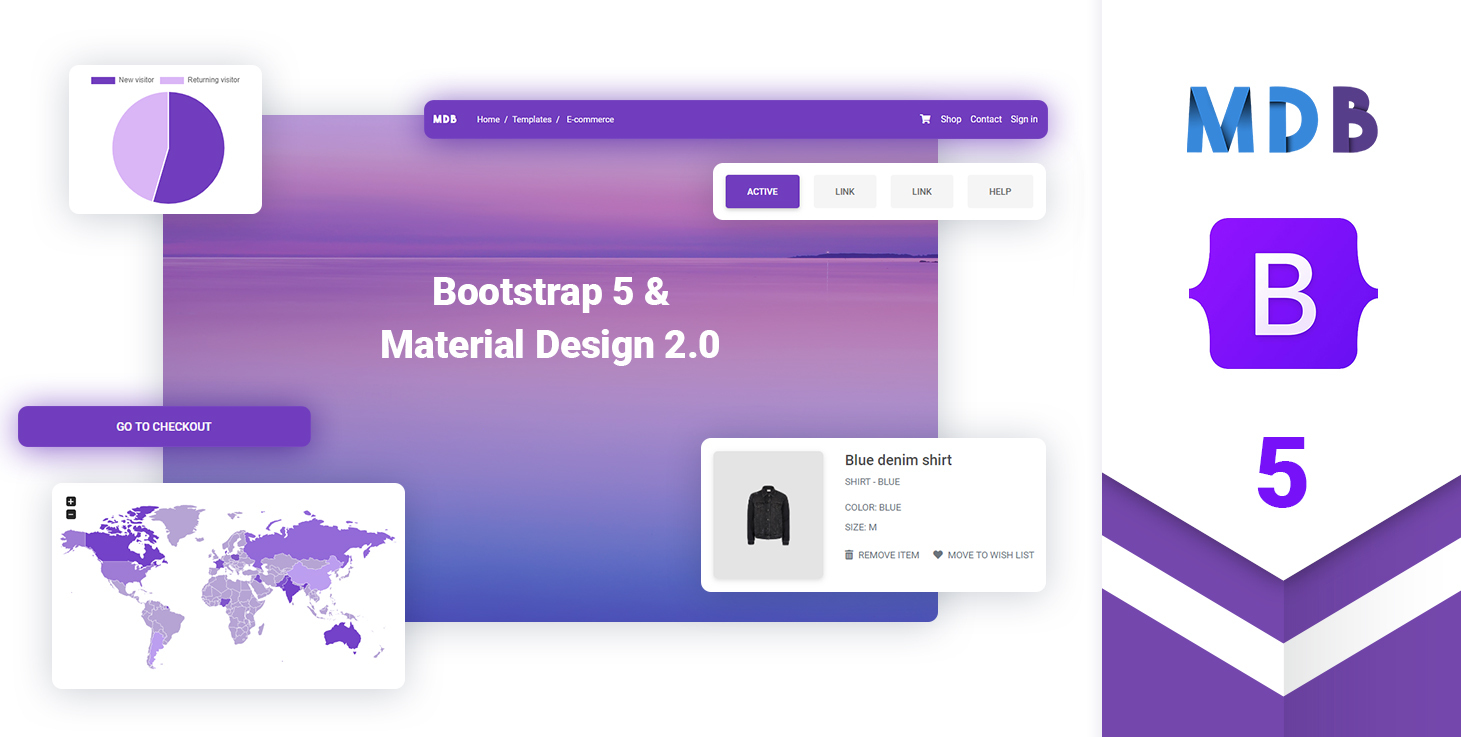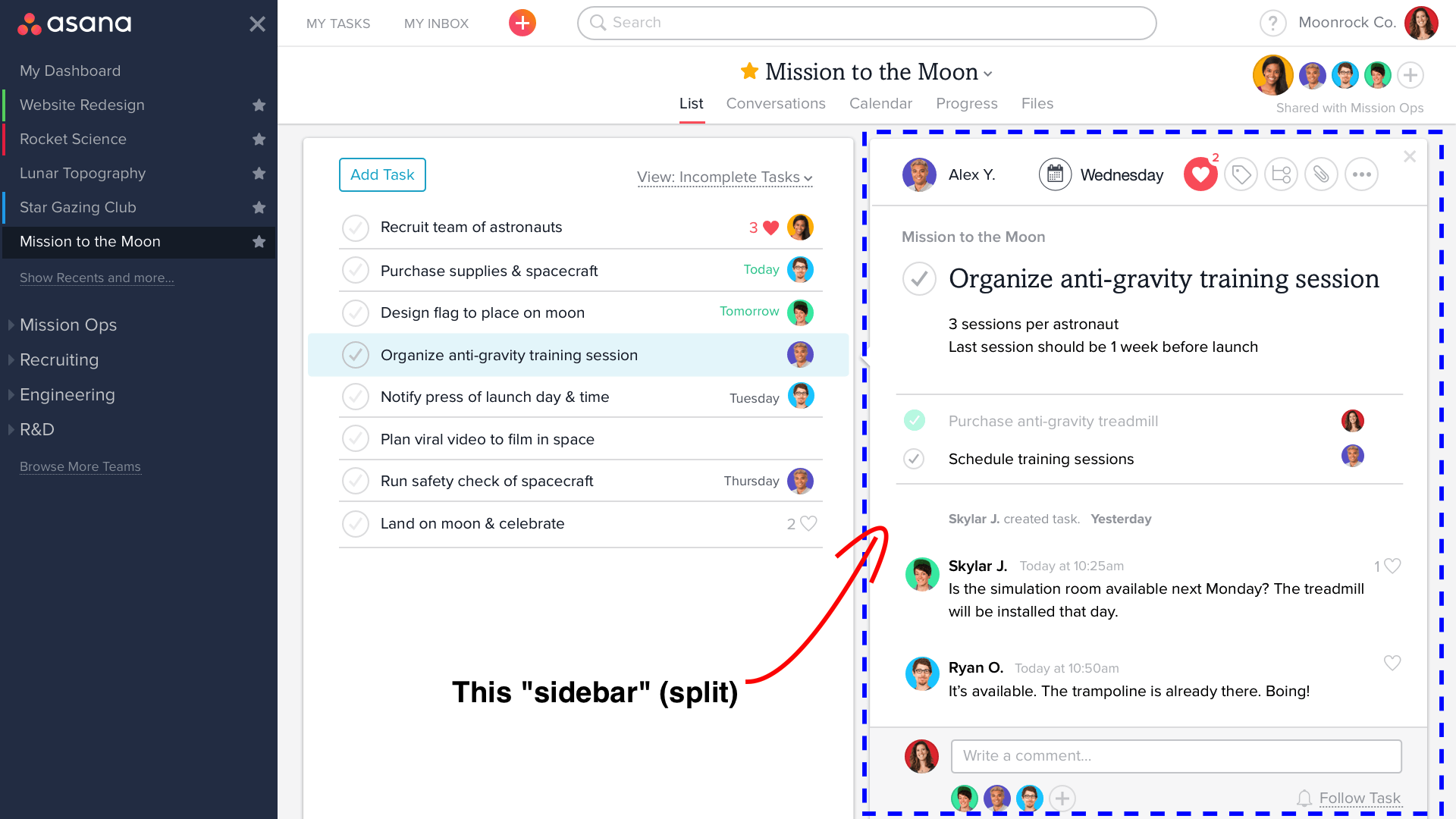

Rather than a, we could use a, and we’ll get that break just by virtue of the div being a block-level element.īut we’re using a span on purpose, because of the design. could go here, but can we do it with CSS? -> But… it always feels a little weird to have to use HTML to achieve a layout thing. For the record, there really isn’t anything wrong with just chucking a tag before it (and in fact the ability to show/hide that is very useful). Note the use of both "cellspacing=0 cellpadding=0" so as to not separate the spacing between the first syllable "Bee" and "thoven".I had a little situation where I had a header with a span in it, and I wanted to make sure to put a line break before the span. Thoven composed Moonlight Sonata while he was losing his hearing.

A method for undenting the first word of a paragraph is to put the paragraph into a text-table, where the first word (or syllable) is (alone) in column 1, while the other text is in column 2. However, for decades, HTML has had only limited options for easy alignment (one: ). Real typesetting software,typically has had simple directives to trigger alignments as left, right, center, or undented (beyond the left-margin line). ( Learn how and when to remove this template message) Please do not remove this message until conditions to do so are met. Relevant discussion may be found on the talk page. The neutrality of this section is disputed. This obviously should only be done with a few words, not long strings of text, or undesirable (and, browser-by-browser, unpredictable) display results will occur. Then, even when the page is viewed in larger browser text-size settings, the joined text will float down to columns where the typesetting looks more logical, rather than the default, of one-word-per-line, in a narrow column.
In such cases, by word-joining the first few words of a phrase (such as At the outset or The region covers), the text can be forced down the page, into a wider column, where all the joined-words can fit side by side, across the line. A very narrow column can cause text-wrapping as, sometimes, one-word-per-line, all the way down the entire column. Sometimes text, next to a wide image-box or wide infobox, tends to get squeezed into a narrow column of text. The template to force the words to appear together, on one line.


 0 kommentar(er)
0 kommentar(er)
